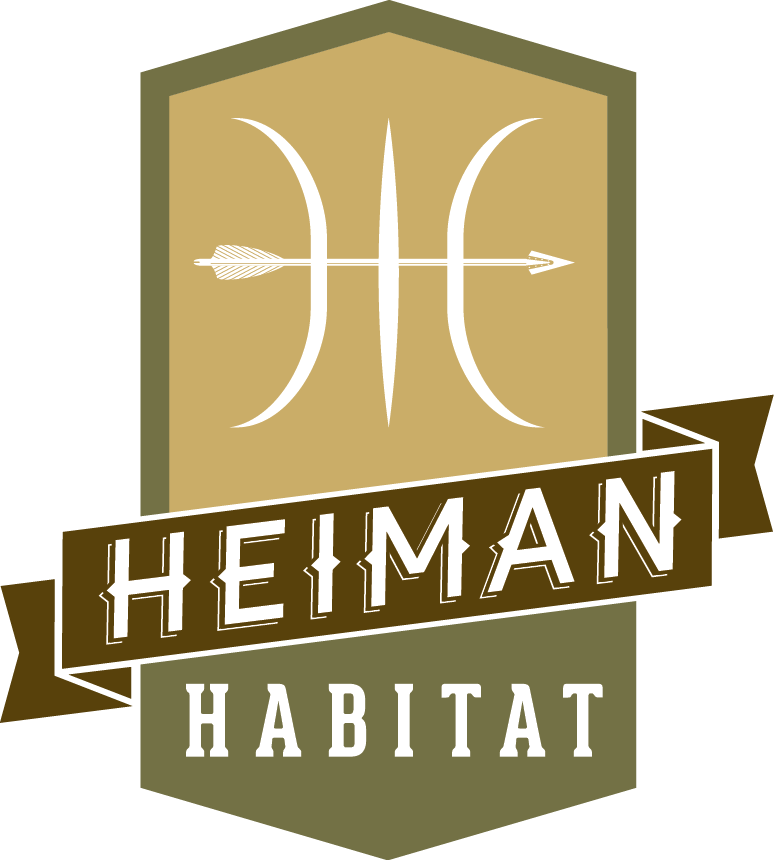When we’re lucky enough to be out exploring this Great Brown Land, a dose of food poisoning is about as welcome as a dog in a game of skittles. Call it ‘yelling at the ants’ - or ‘driving the porcelain bus’: whichever way you cut it, none of us like dealing with the consequences.
If we’re seasoned outdoors-people, there should be few surprises about what camp hygiene risks we might encounter while we’re away. And avoiding dramas boils down to common sense.
For example: Are we washing our hands after ‘Nature calls’? Are we keeping food surfaces free from old food scraps and flies? What do we do when the food in our ice-box starts to de-frost earlier than we expected - or we have leftovers from a few nights ago? Do we throw them away - or do we use them anyway because there’s not much else to eat around camp?
As we start turning our minds to the prospect of Spring days in the outdoors, we figured now was a good time to refresh some basic principles around food safety and camp hygiene. Regardless of how much time we spend outdoors, it’s likely there are a few pointers here that you may have overlooked – or perhaps haven’t given the attention they deserve.
Bacteria grow quickly in temperature range between 5°C and 60°C. This is known as the Food Temperature Danger Zone. This means food needs to be refrigerated at 5°C or below (bacteria don’t grow at temperatures below 0°C). And as for cooking: bacteria die at 76 degrees. So when cooking or reheating foods, ensure that it’s steaming hot.
If you’ve got a fridge in your rig, clean it out routinely so you don’t inadvertently create a petrie dish of bacteria at the bottom of it. And remember, the larger the volume, the more energy it takes to cool down a fridge and to maintain its temperature. So, multiple smaller fridge/freezers may be more suitable.
Dried or tinned foods are easy to store in a tuckerbox and are less susceptible to variations in temperature than fresh foods. But some of these foods require safe water to rehydrate them or to cook them thoroughly. So they’re less useful if we expect our water sources to be unreliable.
Wash your hands prior to (and during) food handling. If there’s insufficient water, at least use anti-bacterial gel or disposable wipes.
Wash all kitchen gear thoroughly between uses. And keep utensils used for preparing raw foods well away from ready-to-eat foods.
Cover food and store food off the ground to protect it from insects, animals and dust.
While we’re talking about critters, don’t feed the animals- and keep your campsite clean. Birds and animals can be a source of food poisoning bacteria so don’t leave food, dirty utensils, food scraps and rubbish lying about to attract them. Keep food scraps in a bin or a bag that can be adequately sealed.
Select a latrine site carefully, at least 50m from campsites and any water source. Don’t contaminate the local waterways by tipping your washing water and other waste into them.
Of course, there’s heaps more we could say about food safety and camp hygiene. So, consider yourself warmed-up. Now think about how you’ll ensure that your next camping trip doesn’t turn to crap.
Note: To share this post your own Facebook site, copy the url.

